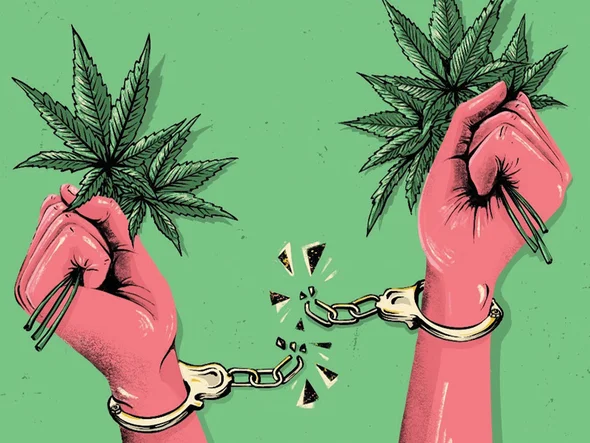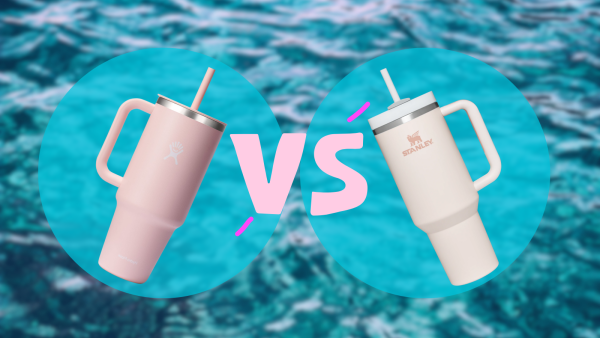Should Medical Marijuana Have Been Legalized?

92% of California’s citizens say that medical marijuana alleviates symptoms of severe medical conditions. Medical marijuana has many medical benefits warranting its legalization.
America has a problem with doctors prescribing too many prescription drugs. The Lown Institute has estimated that if nothing is done, medication overload could lead to 150,000 premature deaths over the next decade and reduce the quality of life for millions of older people.
Studies done at DePaul and Rush Universities on an average age of 45-year-olds have shown that medical marijuana use has relieved their pain in a shorter amount of time than other prescription medications and has shown fewer side effects. Medical marijuana is typically an alternative to opioids.
However, studies have shown that participants also cut down on medications such as Anti-inflammatories, Anticonvulsants, and Over-the-counter pain relief. Another study done in Canada reported 57.6% of female participants, with a median of 52-year-olds. Baseline opioid use was reported by 28% of participants, which dropped to 11% at six months.
Daily opioid use dropped from 152 mg morphine milligram equivalent (MME) at baseline to 32.2 mg MME at six months 78% reduction in mean opioid dosage. Similar decreases were seen in the other four primary prescription drug classes identified by participants. Statistically, significant improvements were reported in all four domains of the WHOQOL (World Health Organization Quality of Life). These studies provided an individual level of cannabis substitution for opioids and other prescription drugs.
Although there has been a rise in marijuana use in the United States, legalization is not the reason for this increased use. A study found that the rise in marijuana use was “primarily explained by period effects.” About 830,000 Americans over age 12 were surveyed on their reported cannabis use before and after recreational cannabis use was legalized in their state (2008-2017).
Washington State and California, the first states to legalize marijuana use in 2012, saw a slight increase in usage between white and Hispanic participants. This study also showed no changes in cannabis use or cannabis disorder for individuals between the ages of 12-20 in the states that had legalized marijuana. Marijuana use among youths has not increased since states legalized medical or recreational use.
Studies show that establishing regulated cannabis models lowered marijuana use under specific measures. The Medical Marijuana Law adoption was associated with a 6% decrease in the odds of current marijuana use and a 7% decrease in frequent marijuana use. These studies provide reliable statistics that legalization has not increased cannabis use.
Legal cannabis workers are among the fastest-growing occupations, according to Leafly, which compared cannabis job growth to other fast-growing works to estimate a 250% growth in jobs from 2018 to 2028. The state-licensed cannabis industry added over 100,000 new jobs in 2021. Now the sector employs over 428,000 full-time workers. New Frontier Data estimates that more cannabis jobs have been created, more than 340,000 since states started legalizing recreational and medical cannabis use. Since states have legalized cannabis, more than 243,000 jobs have been counted nationwide.
Here we see all the benefits of the legalization of marijuana. Medical marijuana has brought down the percentages of prescription drug use, has not increased the use of cannabis, and has led to more employment in the U.S. There are no hard facts as to why medical marijuana shouldn’t be legalized.

Hi, I'm Prudie! I'm a senior here at McMahon. I'm on the Norwalk-McMahon Swim and Dive team, an officer for Best Buddies, and co-managing the McMahon Archive...











